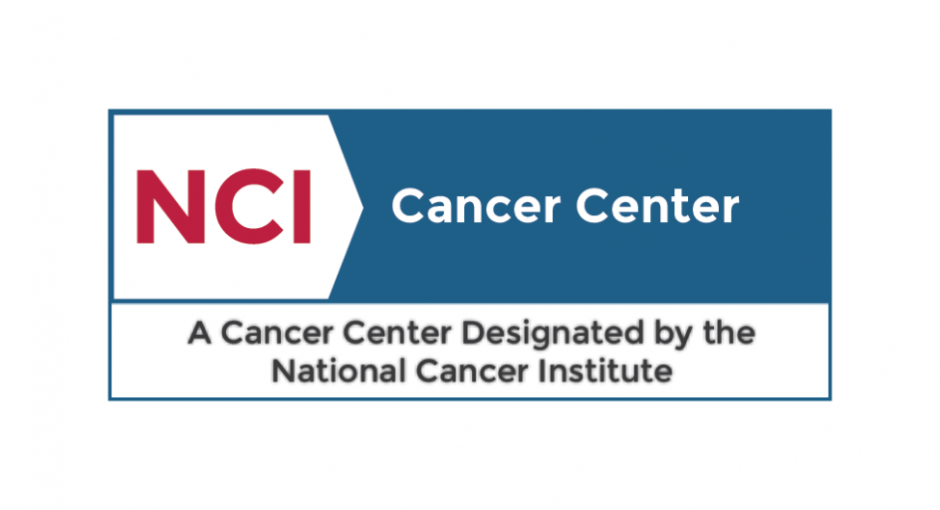Many National Cancer Institute (NCI) designated cancer centers—most of which are affiliated with 340B hospitals—mark up the price of infused cancer therapies for patients with private insurance “substantially,” according to new research in JAMA Internal Medicine. Hospital groups have pointed out in the past that they mark up the drug costs to offset losses in serving large number of low-income and uninsured patients.
The study was published on April 18. It found that median price markups across 61 (out of a total of 71) NCI-designated centers studied ranged from 118% of estimated acquisition cost for sipuleucel-T to 633% for leuprolide. Both drugs are treatments for prostate cancer. According to hospital group 340B Health, 75% of NCI-designated centers have affiliated 340B hospitals.
The study found that “most NCI-designated cancer centers did not publicly disclose payer-specific prices for cancer therapies as required by federal regulation.” It also found that “cancer therapy prices varied considerably between payers at the same hospital,” possibly indicating “differences in hospitals’ ability to negotiate favorable prices with insurers based on relative market power.”
“Hospitals that administer cancer drugs and inflate their prices do not create additional value,” the study’s seven authors said. “Cancer centers may rely on profits from administering cancer therapy to cross-subsidize other activities. For example, proponents of the 340B drug pricing program contend that the profits earned through the administration of discounted drugs cross-subsidize the care of patients with low incomes. However, there is evidence that the program instead provides incentives for hospitals to increase market share among patients with private insurance.”
“Hospitals may earn greater revenue per unit from cancer therapies than the pharmaceutical companies that manufactured them,” the authors also observed.
The authors said, “To curb potential abuses of market power for drugs administered in outpatient settings, policy makers could consider implementing backstop prices, which are commercial price caps set relative to local market rates. Alternatively, regulators and payers could offer incentives for hospitals to administer cost-effective cancer therapies by adopting global budget payment models. However, when revenues are fixed under a global budget, some hospitals (e.g., community or rural institutions) may have less financial capacity to withstand increases in drug acquisition costs if pharmaceutical companies increase drug prices.”
Lead researcher Dr. Roy Xiao, clinical fellow in otolaryngology at Massachusetts Eye and Ear Infirmary, said in an interview that “while we did not perform any 340B-specific analyses, our findings of significant price markups are notable for 340B participants given that the vast majority of our included hospitals are 340B participants and thus have discounted acquisition costs, allowing for greater margins on these drugs.”
A spokeperson for hospital group 340B Health declined to comment on the study. 340B Health has said in the past that 340B discounts “allow 340B hospitals to play a special role in the provision of cancer care for medically underserved patients.” A study it commissioned in 2020 found that 340B disproportionate share hospitals treat a higher proportion of low-income and disabled patients receiving cancer drugs than did non-340B hospitals or physician offices. The study also found that 340B DSH hospitals treat proportionately more Black/African-American and Hispanic patients. 340B provider groups haved emphasized that drug reimbursement rates are negotated with private insurers and that the revenue from private payors is crucial to covering the costs of uncompensated care and other services focused on low-income and other vulnerable patients.
In its most recent hospital community benefit analysis, the American Hospital Association pointed out that 340B hospitals provide $68 billion in community benefits annually. It cited the example of Oregon’s Providence Cancer Center which relies on 340B savings “to continue providing life-saving infusion treatment for the uninsured and marginally insured patients.”


